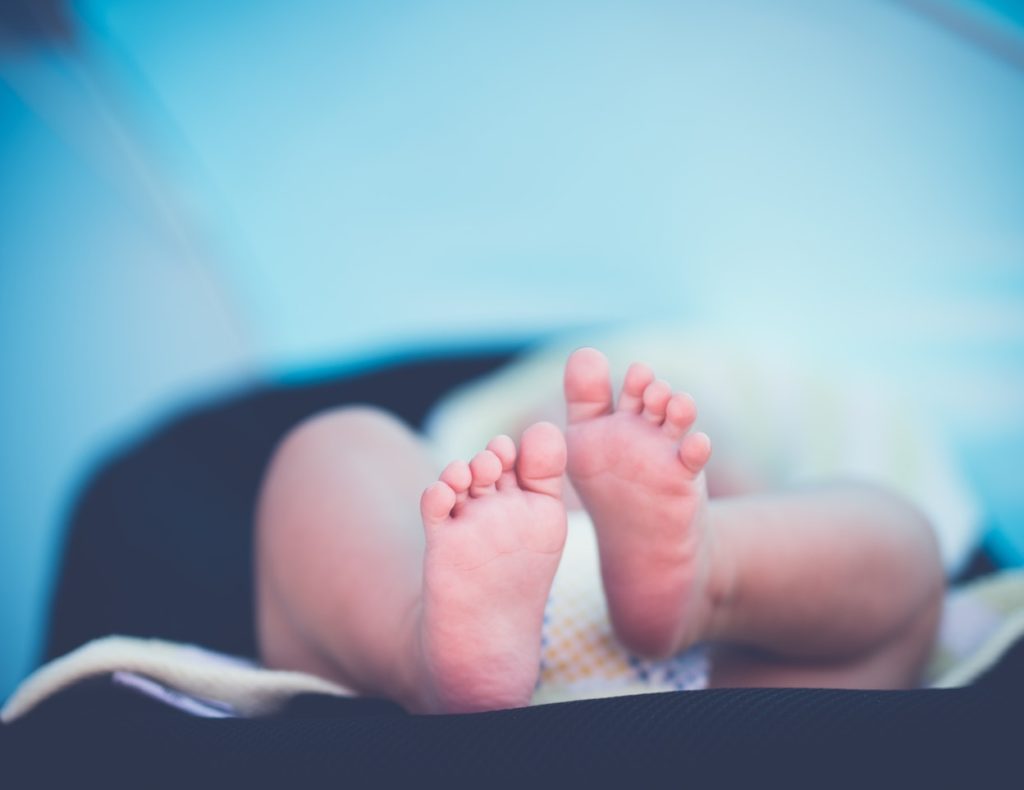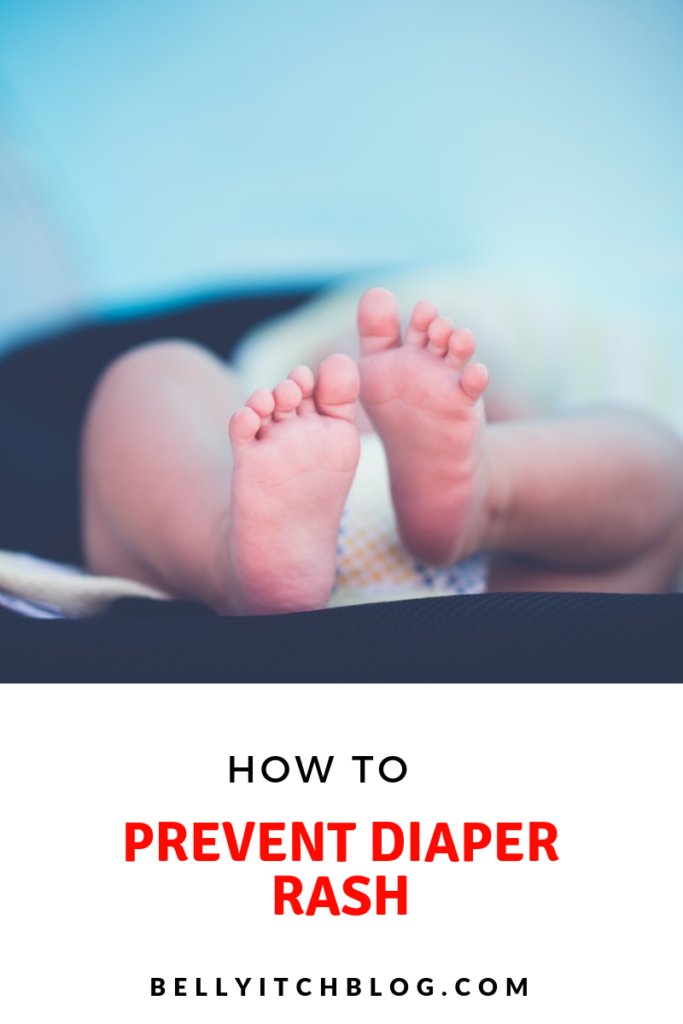
New parents are subjected to a veritable flood of information over the first few years of their child’s life, mostly through advice of the unsolicited variety from family members and friends. This advice usually covers every subject from parenting skills to preventing diaper rashes, and many times the advices changes as quickly as the people who give it do. Despite the onslaught of contradicting information, frequent changes, wipes, and ointments are all part of the diapering process for most parents as standard preventative measures, but even the most carefully-monitored baby can contract diaper rash.
A form of dermatitis, diaper rash most commonly occurs as a result of moisture trapped inside a diaper that irritates the skin and causes inflammation. Rashes can range from mild to quite severe, and some babies have skin that’s more sensitive and thus more susceptible than others. Parents should realize that a diaper rash isn’t an indicator of poor parenting or neglect; diarrhea, changes in diet, and even allergic reactions to the wipes and ointments designed to prevent such rashes can cause them. Additionally, urine isn’t the only source of potentially irritating moisture; even sweat can be trapped inside a diaper after a particularly vigorous play session and cause the delicate skin to become red and irritated.
Frequent Diaper Changes Are Your Friend
The most common cause of diaper rash is a soiled diaper that’s left on for too long, so the most effective way of preventing most rashes is to simply change your baby’s diaper every time it’s soiled, as soon after as possible. The same holds true for any time your child becomes sweaty after exerting himself, or gets damp from spills or other contact with fluids. By changing your baby’s diaper often you can also combat the spread of inflammation-causing bacteria carried by eliminatory waste. During a diaper change, be sure that you pat your baby’s bottom dry rather than rubbing it, which can further irritate already inflamed skin or cause inflammation to healthy skin.
Avoid Irritating Chemicals
Unfortunately, the fact that a product is marketed towards new parents for use in their baby’s care doesn’t automatically mean that it’s free of chemicals, fragrances, and dyes that can be irritating to his sensitive skin. If you’ve been vigilant about diaper changes and still find that you’re battling frequent diaper rash, it may be time to take a closer look at the wipes, ointments, and even the diapers themselves. Alcohol can burn his skin, and products containing propylene glycol may be responsible for spreading bacteria around the diaper area, rather than keeping it at bay. Look for brands that are specifically marked “fragrance free” and do not contain dyes or other coloring agents. Parents that opt for cloth diapers need not worry about the diapers themselves containing the same deodorizing chemicals as their disposable brethren, but should make sure that those diapers are laundered with detergents formulated specially for use with newborn and infant clothing items. Adding a half-cup of white vinegar to the rinse cycle for cloth diapers can also reduce the alkalinity of the fabric, which may afford further protection.
Allow Air Flow
No one wants to deal with a leaky diaper, but swaddling your baby’s behind too tightly can cause a diaper rash quickly. Whenever possible, allow your baby to go without a diaper for short periods of time to promote drying and healing through natural air circulation. Using a plastic or rubber sheet to protect his crib mattress and letting him nap sans diaper on occasion is also an effective method for both prevention and treatment, though it can be relatively messy, especially as baby’s age.
Diet Can Contribute to Diaper Rash
Another powerful weapon in the diaper rash prevention arsenal is to breastfeed your baby for as long as you possibly can. The World Health Organization suggests that babies be breastfed for the first year of life, but any period of breastfeeding is better than none. The immune system boost that he gets from breast milk can help him avoid a prescription for antibiotics, which often cause diaper rash and even yeast infections in infants. Be prepared for irritation during the transition to solid food, and make sure to check and change his diaper more frequently than normal as his body adjusts.

